No Minister: Griffith Confuses Mars With the Sun
18th Jan 2024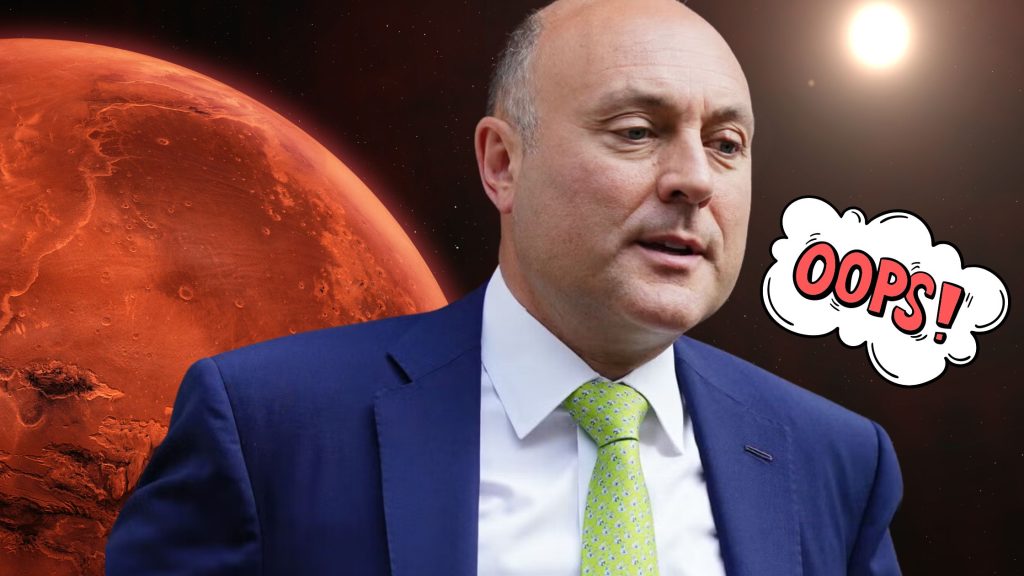
Andrew Griffith, who was appointed Minister of State for the Department for Science, Innovation and Technology in November, repeatedly failed to identify the correct planets during a recent interview with the Science Museum’s magazine. Also, he managed to mix up Saturn with Jupiter, leaving everyone questioning the fundamentals of our solar system.
Andrew Griffith doesn’t recognize the planets
During his tour, the minister encountered an exhibit featuring a globe magically transforming into different celestial bodies. With an air of confidence, Griffith pointed at the globe and exclaimed, “Now we have Mars.” However, a quick reality check from an employee swiftly brought him back down to Earth, clarifying, “Er, no. That is the Sun.” But who can blame him? Planets, stars – they’re all just shiny things in the sky, right? (Just joking).
In an interview with The House magazine, Griffith continued to demonstrate his celestial prowess as the exhibit changed once more. “That one is Saturn,” he declared triumphantly. Another museum staff member had the daunting task of informing the minister, “No, that is Jupiter.” The politician huffed: “I’m not an encyclopaedia.” Fortunately for him, Mr Griffith claimed he would not want to visit space.
We wanted to remind Mr. Griffith of the difference.
Can YOU tell the difference?
This Is The SUN

The primary difference between these two cosmic objects lies in their inherent nature and characteristics within our solar system. The Sun, a massive, luminous star at the centre of our solar system, emits light and heat, serving as the primary energy source for the planets orbiting around it, including Mars.
Or maybe, this is The Sun for him. Our Editor might get around to asking.
Whereas This Is Mars
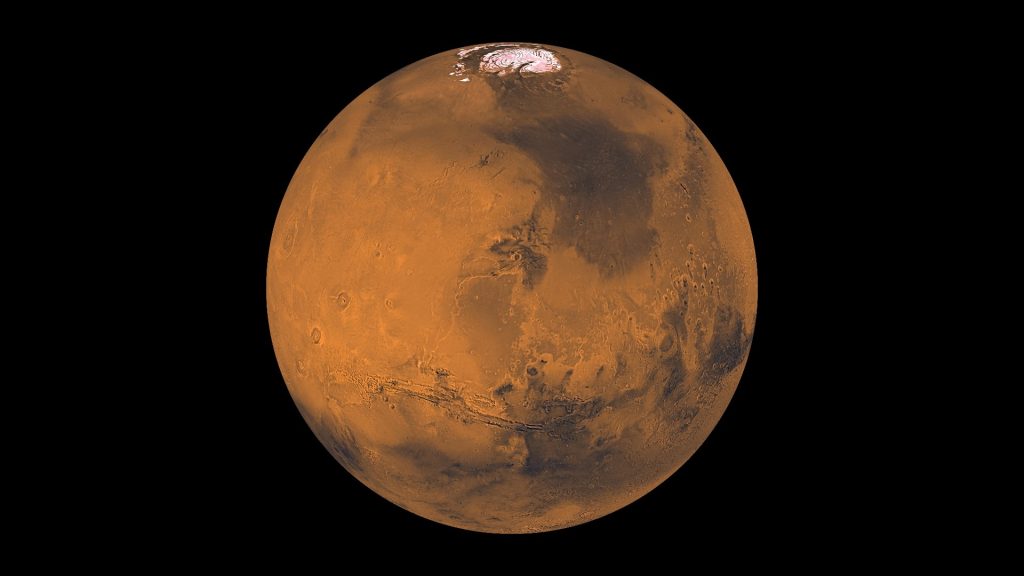
Mars is a planet often referred to as the “Red Planet” due to its reddish appearance. It is the fourth planet from the Sun and is characterised by a thin atmosphere, rocky terrain, and polar ice caps. Unlike the Sun, Mars does not emit light but reflects the sunlight it receives, contributing to its visibility from Earth.
This Is Saturn
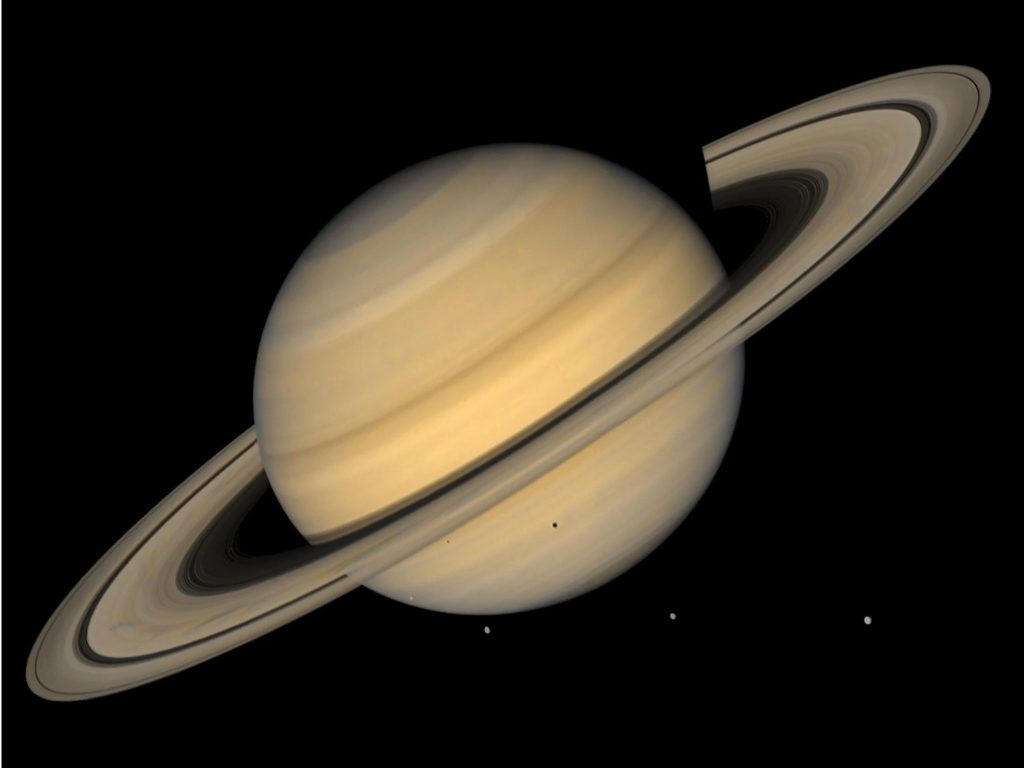
Whereas This Is Jupiter
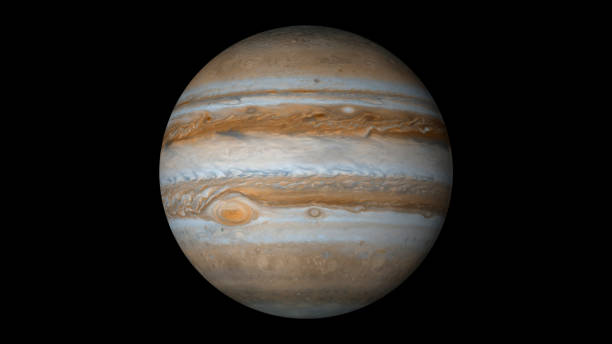
Saturn and Jupiter are two of the largest planets in our solar system, and while they share some similarities as gas giants, there are several key differences between them:
- Size: Jupiter is the largest planet in our solar system, with a diameter of about 86,881 miles (139,822 kilometers). Saturn is the second-largest but notably smaller than Jupiter, with a diameter of about 72,366 miles (116,464 kilometers).
- Appearance: Saturn is known for its distinctive ring system, which comprises countless individual ringlets composed of ice, rock, and dust particles. These rings make Saturn easily recognisable. Jupiter, on the other hand, lacks a prominent ring system visible from Earth.
- Atmosphere: Both planets have thick atmospheres primarily composed of hydrogen and helium, but there are differences in their cloud patterns and compositions. For example, Jupiter has prominent bands of clouds, including the famous Great Red Spot—a massive storm. Saturn’s cloud bands are less distinct and lack a feature comparable to the Great Red Spot.
- Rotation: Jupiter is the fastest rotating planet in our solar system, completing one rotation in about 9.9 hours. Saturn, while still rotating relatively quickly, takes about 10.7 hours to complete a rotation.
- Moon Systems: Both planets have extensive moon systems. Jupiter has over 80 known moons, including the four largest known as the Galilean moons (Io, Europa, Ganymede, and Callisto). Saturn also has over 80 confirmed moons, with Titan being its largest moon.
We hope these images and information will help Andrew Griffith avoid confusing these cosmic objects in future interviews.
Editor’s Note:
Obviously, a governmental minister should be accorded the respect due, especially as the idea is delivering on Government policy, and not teaching grade-school science. However, just to be clear – Philomena Cunk’s mate Paul didn’t prove that the Moon isn’t real, so that’s not why Peregrine didn’t make it.
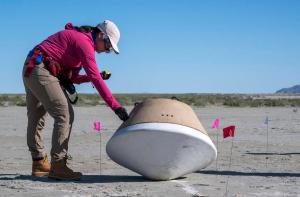

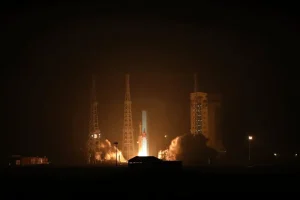
Thank you for your comment! It will be visible on the site after moderation.